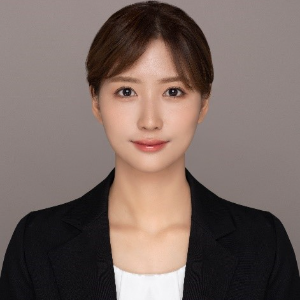Title : Pain management with extracorporeal shockwave treatment in multiple level clay-shoveler’s fracture in a novice golfer: A case report
Abstract:
Case Report:
A 30-year-old male golfer was diagnosed with a clay-shoveler’s fracture. Cervical radiographs and CT scans revealed fractures in the spinous processes from C7 to T3. Despite receiving pain medication and a neck brace, his discomfort persisted. He then underwent extracorporeal shockwave therapy (ESWT) targeting the upper back, which significantly reduced his pain. Thus, ESWT may be beneficial for managing pain in patients with clay-shoveler’s fractures.
Discussion:
Clay-shoveler’s fractures typically occur in the lower cervical or upper thoracic spine. Sudden, forceful contractions of the neck, torso, and shoulder muscles can cause these fractures due to the pressure exerted on the spinous processes. Young athletes are particularly at risk, as their high levels of physical activity increase the likelihood of such injuries.
These fractures often improve with conservative treatments such as rest, pain medication, and sometimes a brace or collar for stabilization. Surgery might be necessary if complications or instability arise. Despite a generally good prognosis, patients may experience pain during recovery, highlighting the importance of effective pain management.
Among various pain management approaches, ESWT is a promising option for clay-shoveler’s fractures. While the exact mechanisms of ESWT are not fully understood, several theories exist. These include inducing microtrauma and cellular responses, promoting neovascularization, releasing growth factors, and recruiting mesenchymal stem cells. Research has shown ESWT's effectiveness in treating soft tissue injuries, particularly chronic tendinopathies, and aiding pain relief and functional recovery.
In this case, although not chronic, the patient experienced a 50% reduction in pain after the first ESWT session. This suggests that ESWT may aid tissue regeneration and provide significant pain relief. Studies have also highlighted ESWT's efficacy in subacute musculoskeletal conditions. A key mechanism involves nitric oxide (NO) modulation, which offers pain relief by mediating opioid analgesic effects, improving circulation, and reducing nerve pressure from localized edema. A single ESWT session can elevate NO levels and related factors, improving blood perfusion in tissues. These mechanisms likely contributed to the patient’s pain relief and continued improvement with repeated ESWT sessions.
Many studies have reported only mild, self-resolving side effects from ESWT, with no severe adverse effects. This makes ESWT a popular non-invasive option for managing musculoskeletal pain due to its safety and effectiveness. In fracture cases, manipulation or exercises can be challenging, and medication alone often isn’t enough for pain control. Thus, ESWT is a valuable choice for conservative management when other treatment options are limited.
Audience Take Away:
- ESWT can be considered as a treatment option for the persistent pain associated with Clay-shoveler’s fracture.
- This case provides further evidence for the combined use of ESWT with conservative treatments like medication and braces in fracture patients.
- This case illustrates that ESWT, commonly used for chronic pain, may also be effective in treating acute and subacute pain. This evidence supports ESWT as a new treatment option for patients across different pain stages.




